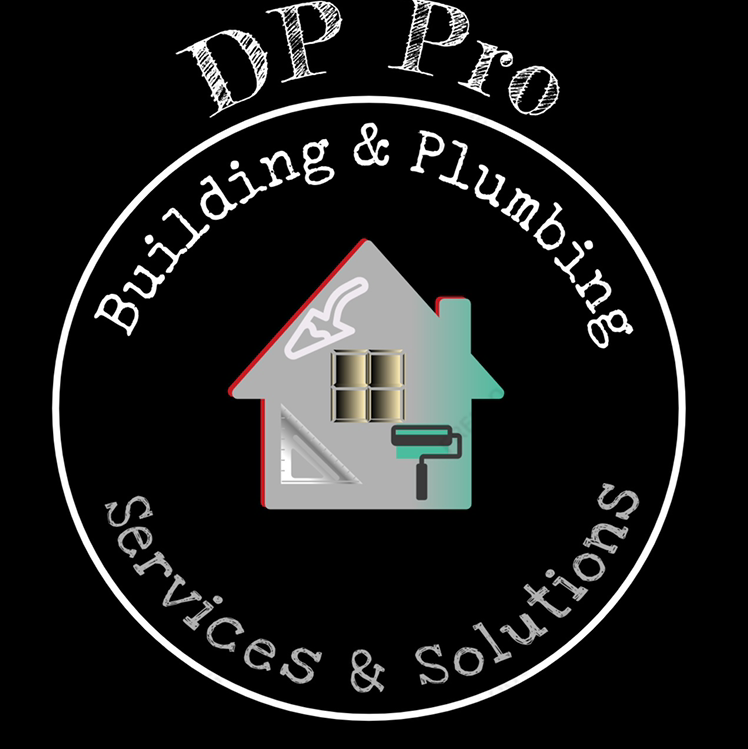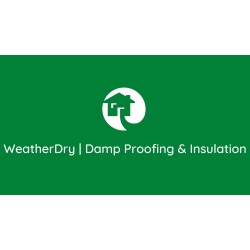Understanding Insulation: A Comprehensive Guide
Insulation is a crucial component in maintaining energy efficiency and comfort in buildings. It acts as a barrier to heat flow, helping to keep homes warm in the winter and cool in the summer. This guide will delve into the various aspects of insulation, exploring its types, benefits, and installation methods.
The Importance of Insulation
Insulation plays a vital role in reducing energy consumption and lowering utility bills. By minimising heat transfer, it ensures that heating and cooling systems do not have to work overtime, thus conserving energy. Moreover, insulation contributes to a comfortable indoor environment by maintaining a consistent temperature.
Environmental Benefits
Insulation is not just about comfort and savings; it's also about protecting the environment. By reducing the need for heating and cooling, insulation helps decrease greenhouse gas emissions. This reduction is significant in the fight against climate change, making insulation an eco-friendly choice.
Health and Comfort
A well-insulated home is a healthier home. Insulation helps control moisture levels, reducing the risk of mould growth and improving indoor air quality. Additionally, it provides soundproofing, creating a quieter and more peaceful living space.
Types of Insulation Materials
There are several types of insulation materials available, each with its unique properties and applications. Choosing the right type depends on various factors, including the area to be insulated and the desired R-value, which measures thermal resistance.
Fibreglass Insulation
Fibreglass is one of the most common insulation materials. It's made from fine glass fibres and is available in batts, rolls, and loose-fill forms. Fibreglass is known for its affordability and effectiveness in reducing heat transfer.
Foam Board Insulation
Foam board insulation consists of rigid panels made from polystyrene, polyisocyanurate, or polyurethane. These boards offer high insulating value for relatively little thickness and are often used in walls, roofs, and foundations.
Spray Foam Insulation
Spray foam insulation is a versatile option that expands upon application, filling gaps and sealing leaks. It provides excellent thermal resistance and is ideal for hard-to-reach areas. However, it can be more expensive than other types.
Cellulose Insulation
Made from recycled paper products, cellulose insulation is an eco-friendly choice. It's treated with fire retardants and is effective in reducing air leakage. Cellulose is typically used in attics and wall cavities.
Insulation Installation Techniques
Proper installation is key to maximising the benefits of insulation. Different techniques are used depending on the type of insulation and the area being insulated.
DIY vs. Professional Installation
While some insulation projects can be tackled by DIY enthusiasts, others require professional expertise. Installing insulation in accessible areas like attics can often be done by homeowners, but more complex projects, such as spray foam application, should be left to professionals.
Blown-In Insulation
Blown-in insulation involves using a machine to blow loose-fill insulation into spaces. This method is ideal for insulating irregularly shaped areas and adding insulation to existing structures.
Batts and Rolls Installation
Batts and rolls are pre-cut sections of insulation that fit between wall studs, floor joists, and ceiling rafters. They are relatively easy to install and are a popular choice for DIY projects.
Evaluating Insulation Performance
Understanding how well insulation performs is crucial for making informed decisions. The performance of insulation is often measured by its R-value, which indicates its resistance to heat flow.
Understanding R-Value
The R-value of insulation depends on its type, thickness, and density. Higher R-values indicate better insulating properties. It's important to choose insulation with an appropriate R-value for your climate and the specific area of your home.
Thermal Bridging
Thermal bridging occurs when heat bypasses insulation through conductive materials like metal or wood. Minimising thermal bridges is essential for improving the overall effectiveness of insulation.
Air Sealing
Air sealing complements insulation by preventing drafts and air leaks. Proper air sealing ensures that insulation performs optimally, contributing to energy efficiency and comfort.
Cost Considerations
While insulation can be a significant investment, it often pays for itself through energy savings. Understanding the costs involved and potential savings can help homeowners make informed decisions.
Initial Costs
The cost of insulation varies depending on the type, quantity, and installation method. Fibreglass and cellulose are generally more affordable, while spray foam and foam board tend to be pricier.
Long-Term Savings
Investing in quality insulation can lead to substantial long-term savings on energy bills. By reducing the need for heating and cooling, insulation helps lower utility costs and provides a good return on investment.
Government Incentives
Many governments offer incentives and rebates for energy-efficient home improvements, including insulation. These programs can help offset the initial costs and encourage homeowners to invest in energy-saving measures.
Frequently Asked Questions
What is the best type of insulation for my home?
The best type of insulation depends on various factors, including your climate, budget, and the area to be insulated. Consulting with a professional can help determine the most suitable option for your needs.
How can I tell if my home needs more insulation?
Signs that your home may need more insulation include uneven temperatures, high energy bills, and drafts. A professional energy audit can provide a comprehensive assessment of your insulation needs.
Can I install insulation myself?
Some insulation projects, like installing batts in an accessible attic, can be done by homeowners. However, more complex installations, such as spray foam, should be handled by professionals.
How long does insulation last?
Insulation can last for decades if properly installed and maintained. However, factors like moisture and pest damage can reduce its effectiveness over time.
Is insulation environmentally friendly?
Many insulation materials, such as cellulose and fibreglass, are made from recycled materials and are considered environmentally friendly. Additionally, insulation reduces energy consumption, contributing to lower greenhouse gas emissions.
What is the R-value, and why is it important?
The R-value measures an insulation material's resistance to heat flow. Higher R-values indicate better insulating properties, making it an important factor in choosing the right insulation for your home.
In conclusion, insulation is a vital component in creating energy-efficient, comfortable, and environmentally friendly homes. By understanding the different types of insulation, installation techniques, and performance factors, homeowners can make informed decisions that benefit both their wallets and the planet.















